I read lots of “common beginner mistakes” blog post and articles when I started growing food, but that didn’t stop me from making them! Hopefully, this post will help you avoid the mistakes I made and avoid some of the pitfalls we encountered in our first two years.
Overwatering
Overwatering is one of the most common mistakes new gardeners make and I’ve certainly been guilty of it myself. The roots need to be able to get oxygen and they aren’t able to do this if they’re constantly in water. My strategy for watering now is simple. I run my PVC irrigation until water comes out of the bottom sides of the bed. Then I know it’s completely saturated and I don’t water it again for a week. If the temperatures are above 90 then I bump that up to twice a week. It’s important to note this will not work if you don’t add at least an inch of mulch, which leads into my next mistake…
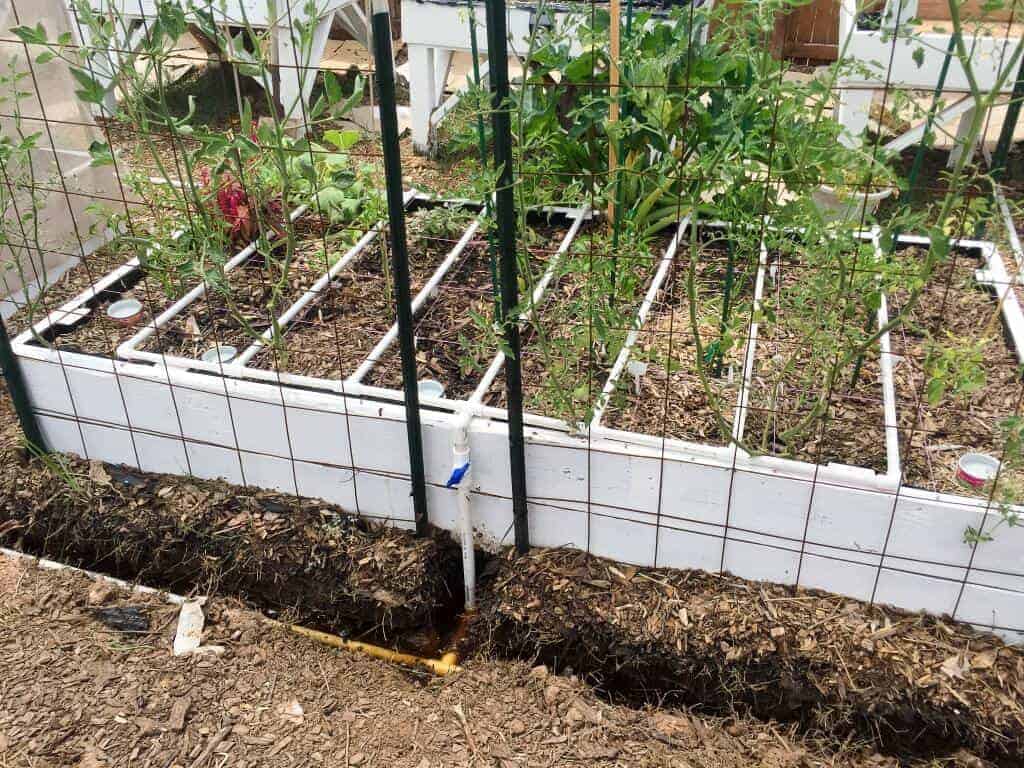
Not Mulching/ Wrong Kind of Mulch
Mulching is one of the most important things you need to do in your garden! The difference it makes in soil moisture retention and soil life is remarkable. I know this first hand because I didn’t mulch the first year. The soil dried out the same day I watered and it led to lots of problems. Now it takes several days for the top of the soil to begin to dry out, no matter how hot the conditions.
I recommend using shredded leaves as mulch. You can use wood chips, but they take much longer to break down and can actually rob nitrogen from the soil. Plus, leaves are free and easy to come by. Worms also love to eat them which is great for your garden. I saw a noted increase in worm activity when I started using them.
Bad Planning
My first introduction to gardening was through the Square Foot Gardening book. I loved the idea of interplanting things to help with pest prevention. However, I made several mistakes in plant placement as result.
My first mistake was planting peas in a checkered pattern interplanted with carrots. This ended up causing extra work because trellising the peas required building individual tepees for each square foot of peas. It was a disaster. I now plant my peas in a row along a trellis and don’t worry so much about making sure I’m following the square foot garden rules perfectly.
Another mistake I made was placing plants that require more care in the middle of the bed instead of on the edges. This made it more difficult and time-consuming to check for bugs and harvest. I now plant low maintenance crops in the hard to reach areas instead.
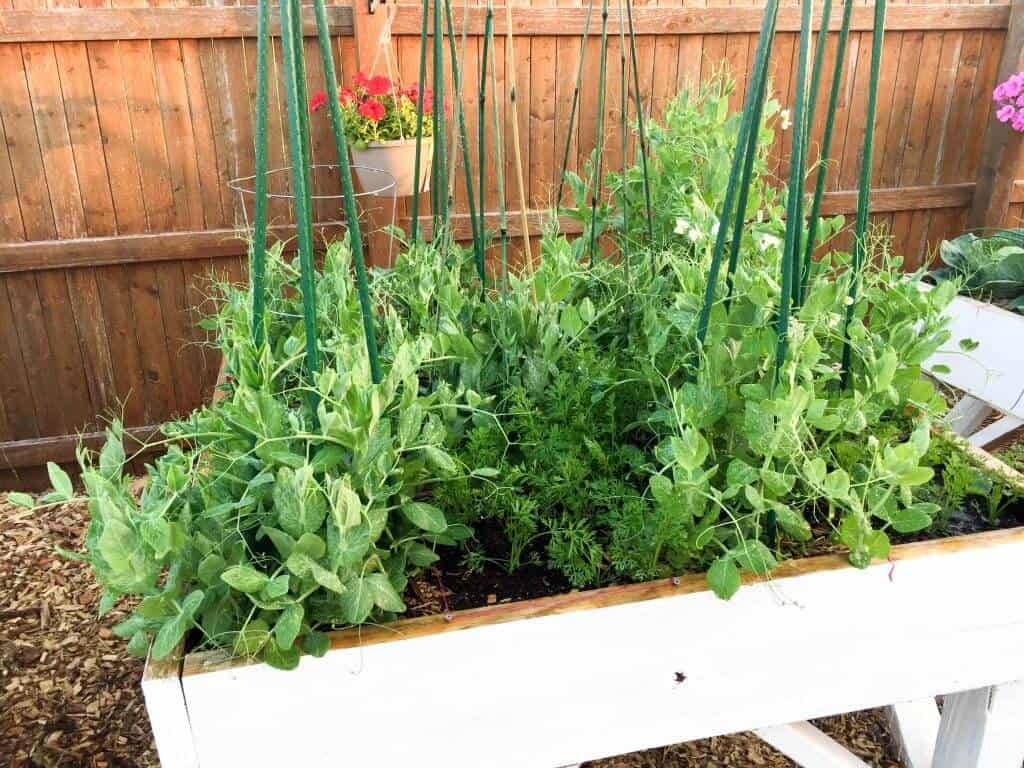
Tainted Compost
One of the biggest problems introduced to farming the past 15 years has been the introduction of persistent broadleaf herbicides. Horse owners don’t want their fields to have any weeds so they spray herbicides like Grazon that kill all broadleaf plants. The problem is that the herbicide is eaten by the horse and it passes right through them into the manure. It then stays in the manure for up to 3 years! I found this out the hard way by killing most all of my tomato plants with compost made with tainted horse manure as one of the ingredients. I learned my lesson and no longer use horse manure in compost. Horse and cow manure isn’t the only way this can bite you. It’s also been found in straw and hay bales commonly used for mulching. I highly recommend testing any compost you bring in from the outside and we recorded a short video explaining how to do so. It”ll save you a lot of time and heartache.
Not Utilizing Shade
All of my first gardens were in the middle of the yard where I receive full sun all day. This is great in the spring and fall, but I quickly learned that the Oklahoma summer can be brutal on plants. Pretty much all of my food production stopped for a month or so due to the heat. As a result, I built raised beds on the east side of my house because they are shaded in the afternoon. I’ve measured the temperature difference between the shaded and full sun areas and it’s over 30 degrees warmer in the sun at 3 pm! This should allow me to grow many more tomatoes than last year since they stopped producing all through July.
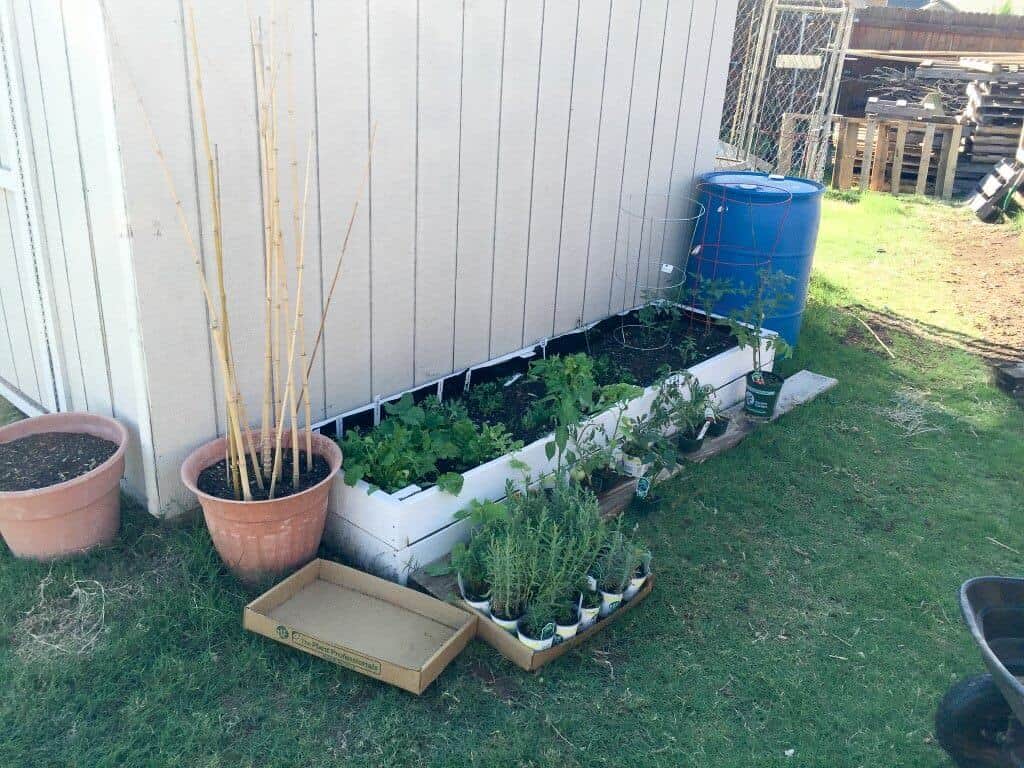
My hope is that this list helps prevent someone out there from making the same mistakes I did! However, don’t beat yourself up when you make mistakes of your own. They’re guaranteed to happen no matter how much you research and plan. The important thing is to learn from them and not make them twice!
Dale Spoonemore is the visionary co-founder of “From Seed to Spoon,” a groundbreaking platform that has revolutionized the way individuals approach gardening. His journey from a novice gardener to a leading advocate for sustainable living and mental wellness through gardening is a source of inspiration to many. Dale’s personal transformation and dedication to making gardening accessible and enjoyable have propelled “From Seed to Spoon” to become a vital tool for gardeners of all skill levels.
Dale’s venture into gardening began as a personal quest to improve his family’s health and well-being. Faced with the challenges of learning how to garden without prior experience, Dale turned his journey into an opportunity to simplify gardening for others. He leveraged his background in technology to develop the “From Seed to Spoon” app, which guides users through the process of starting their own gardens with ease. The app covers everything from selecting the right plants for your region to tracking your garden’s progress.
Beyond the app, Dale’s contributions to the blog reflect his deep understanding of gardening, his commitment to organic practices, and his belief in the therapeutic benefits of connecting with nature. His posts are rich with practical advice, personal anecdotes, and a clear vision for a healthier world through gardening. Dale often shares innovative gardening techniques, ways to incorporate technology into gardening, and tips for growing a wide variety of plants.
Dale’s passion for gardening is matched by his advocacy for mental health. He openly discusses how gardening has been a crucial part of his own mental health journey, offering a powerful testament to the restorative and calming effects of nurturing plants. Through his work, Dale aims to inspire others to discover gardening as a pathway to physical and mental health, sustainability, and a deeper connection with the environment.
As a key voice on the seedtospoon.net blog, Dale Spoonemore continues to educate, inspire, and empower individuals around the globe to start their own gardening adventures. His story is not just about planting seeds in the ground; it’s about planting seeds of change in communities, encouraging a shift towards more sustainable living practices, and fostering a global movement of wellness through gardening.

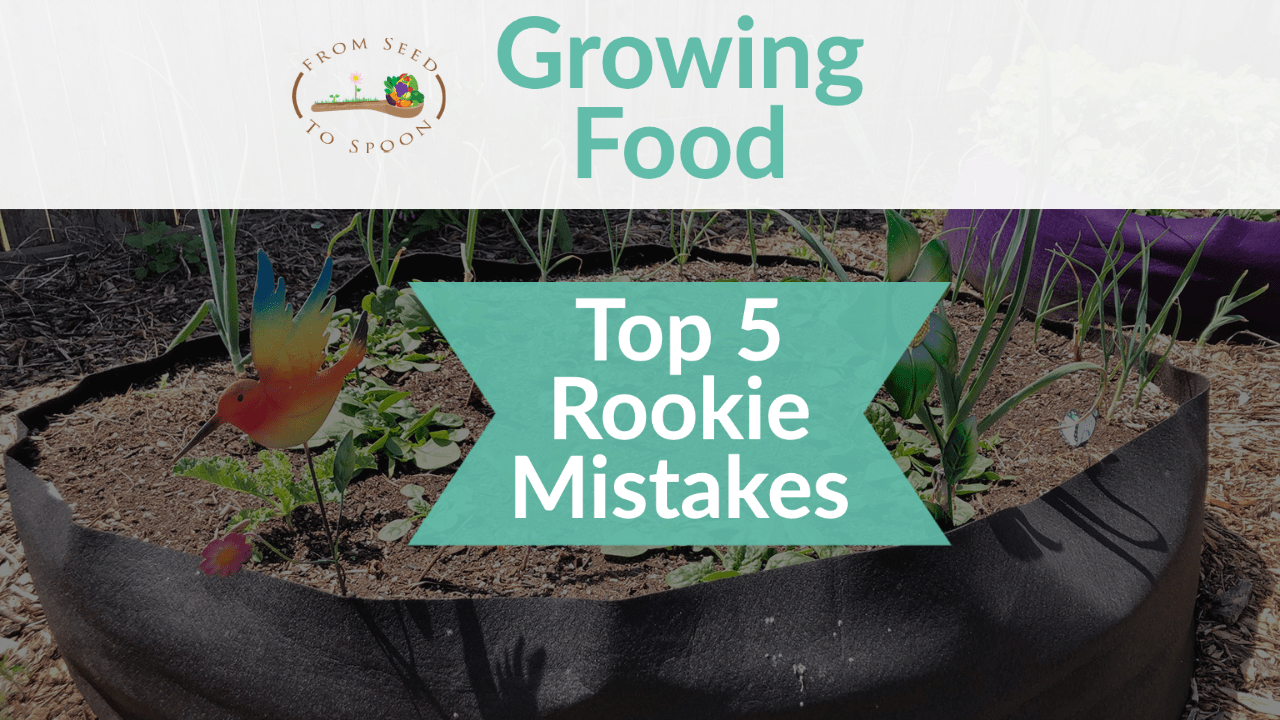
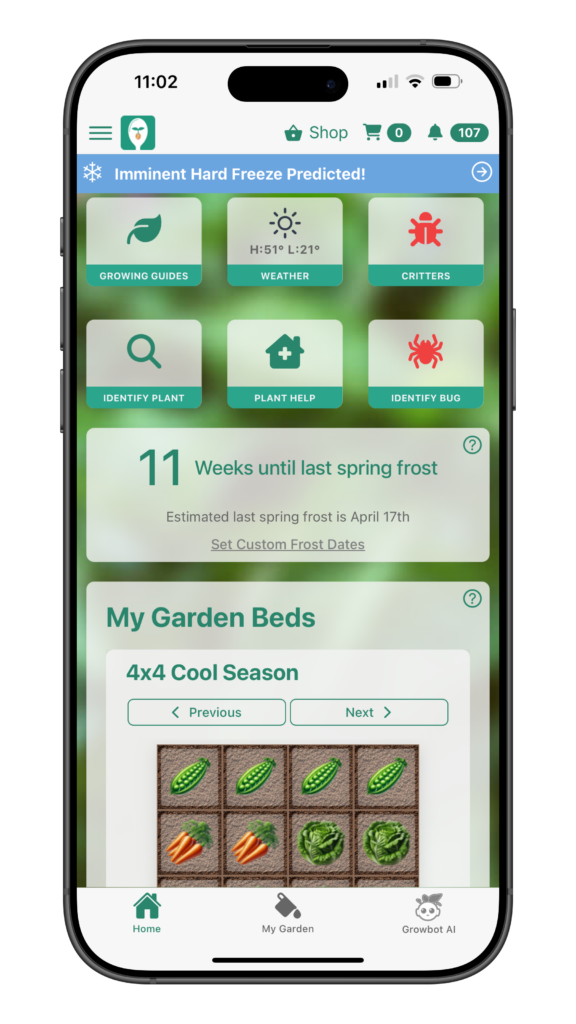

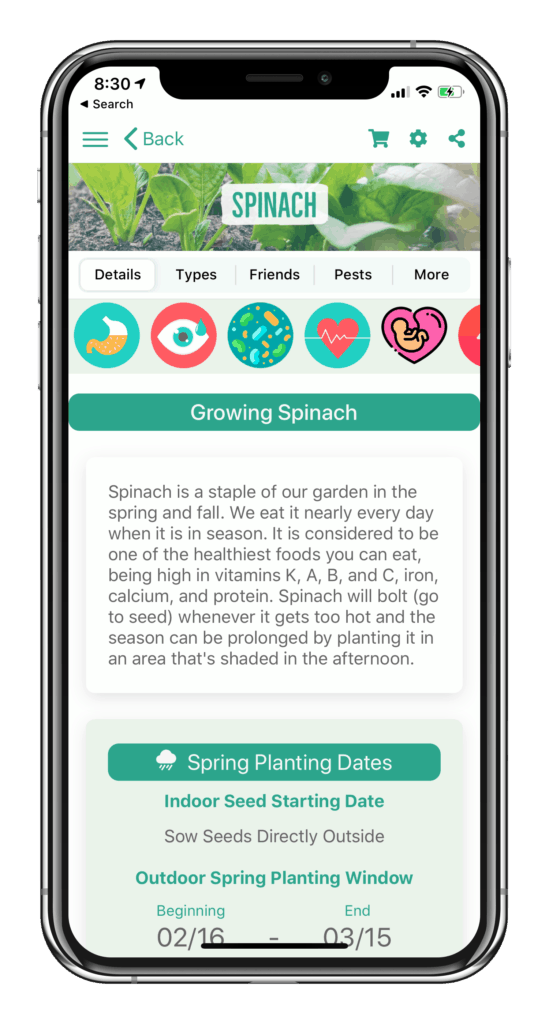







6 thoughts on “The 5 Biggest Rookie Mistakes We Made In Our First Year Of Growing Food”
I also have my garden in full sun, but I drilled holes in 5 gallon buckets and buried them between the plants. Not only does it help water get deep to the roots, but when that heat wave hits I can fill the buckets with cold water and drop the soil temp FAST! So they still get full sun but they don’t cook. The plants seem to LOVE it 🙂
Great idea, Wilbur! I may try that with my tomatoes this year.